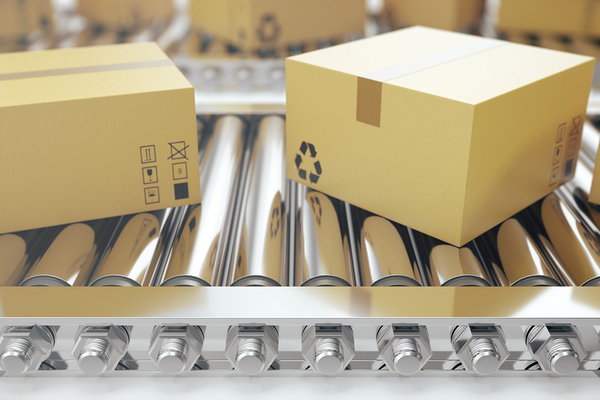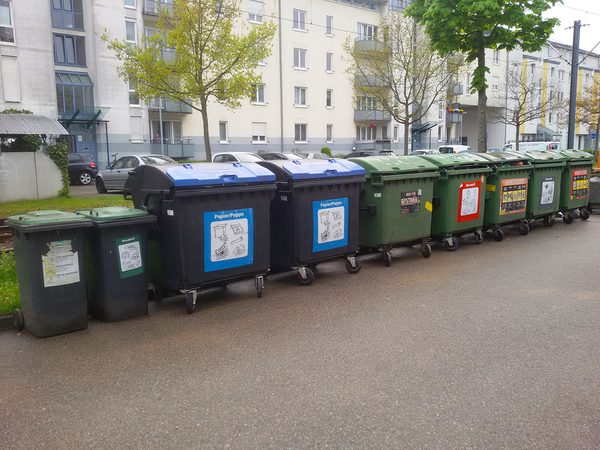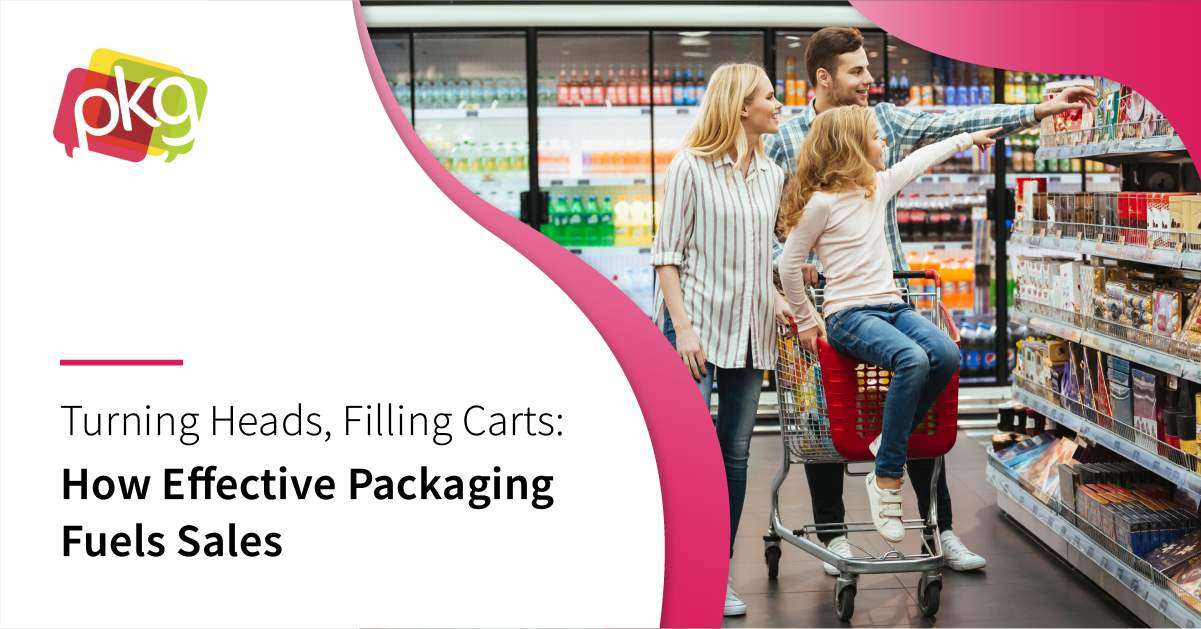Balancing product protection with packaging sustainability requires different techniques with different retail channels. For brand owners, this increasingly means packaging products for a specific sales channel, whether that is retail or e-commerce. Sustainability requires different approaches for different sales channels, which means the entire packaging paradigm is shifting.

E-commerce is a major driver in changes to packaging design.
One thing is certain. Packaging optimization for e-commerce is unlike packaging optimization for traditional retail, because the distribution chains impose different demands. Such optimization cannot be ignored, since sustainability must be built into packaging design for long-term brand health.
E-Commerce Is Driving Change
E-commerce sales have expanded tremendously over the past decade, and further expansion is expected. In the four year period from 2014 to 2018, e-commerce is expected to grow by an impressive 88.4 percent! Still, this only accounts for around 8.5 percent of North American sales, so major growth potential remains.
Retailers are grappling with a more complex and interconnected system of logistics for e-commerce distribution compared to that of traditional bricks-and-mortar retail. Although products are delivered directly to consumers, the delivery process includes more touch points and hence more chances for damage than in traditional retail. Moreover, e-commerce has higher return rates than bricks-and-mortar, further complicating the packaging value chain.
Packaging Design and Damage Protection
In traditional retail, packaging logistics focus on supplier, warehouse, and retailer, with forklift, freight, and pallets being heavily involved in product movement. Packaging design has worked with this model for a long time, but things are a bit different with e-commerce. For example, the secondary packaging, which is designed for safe and efficient handling with a minimum of damage, becomes the delivery packaging with e-commerce, so product protection is further emphasized. Any tertiary packaging (that groups secondary packaging together for retailers) becomes somewhat irrelevant.
While this may appear at first glance like a major step toward sustainability (because of the reduction in tertiary packaging), other factors counteract those benefits. While a bricks-and-mortar retailer may have defined processes for recycling secondary packaging at scale, individual consumers are less likely to do this unless packaging design promotes recovery or recycling.

Brands, consumers, and municipalities will have to work together to promote sustainability.
Disposal and Recovery of E-Commerce Packaging
Fortunately, consumers appreciate packaging designed for easy recovery or recycling. In fact, one of the biggest consumer complaints about e-commerce has to do with the ease of disposal of packaging, because it is too bulky, difficult to break down, or not recyclable in their community. Moreover, more than three-quarters of consumers say that e-commerce packaging design reflects the seller’s environmental values.
Therefore, it benefits brands in terms of consumer perception to work toward more sustainable packaging. Striking the right balance among product protection, packaging efficiency, and ease of recycling is not easy, but it benefits brands and consumers alike.
Steps Toward Sustainable Package Design
Packaging optimization is currently being driven by three important changes: dimensional shipping, box-on-demand systems, and the use of consumer feedback. With dimensional shipping, shipping costs are based on the greater of packaging weight or size, so neither seller nor consumer benefits from large packages with lots of empty air. Box-on-demand systems allow shippers to design packaging based on order dimension, using specific packaging that most efficiently contains the order. Right now, this is making a bigger impact in high-volume shipping centers, and is often too expensive for smaller retailers.
Consumer feedback is more public than it ever was before due to social media, so companies are making more of an effort to respond through package optimization. This avoids the embarrassment of a viral Tweet or Facebook post showing a tiny product inexplicably packed in an enormous, mostly-empty box. Many retailers are developing best practices based on consumer feedback to optimize packaging, offering incentives like preferential profiles for vendors who follow along.
Packaging design today has to respond to a different set of parameters and concerns than it did before the rise of e-commerce. Fortunately, e-commerce presents a prime opportunity to design logistics for packaging design that can keep shipping costs under control, reduce unnecessary packaging, and help consumers dispose of packaging in environmentally responsible ways. E-commerce leaders will be the brands that are ready and willing to redefine packaging to address these new challenges.
 |
 |




-min-2.png)


